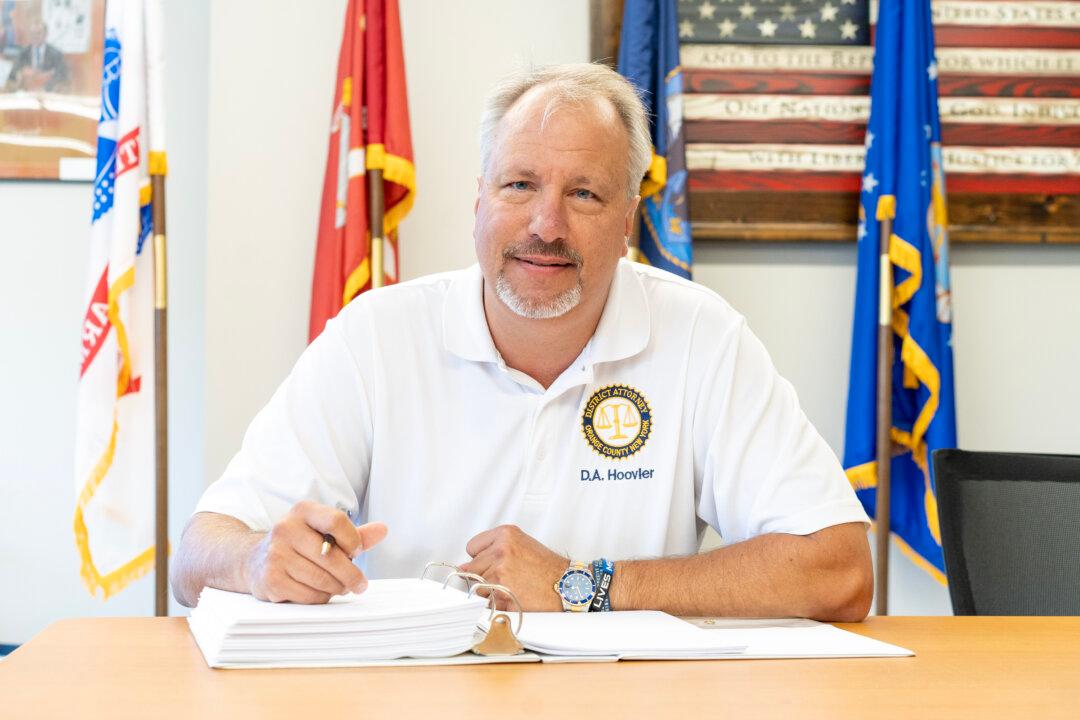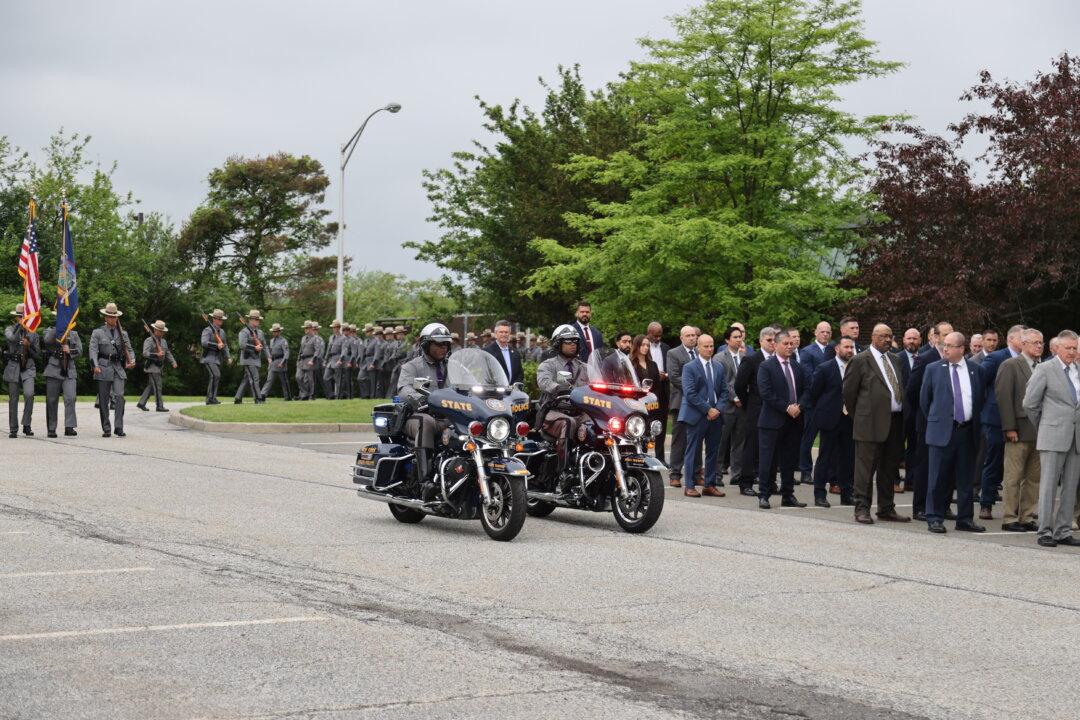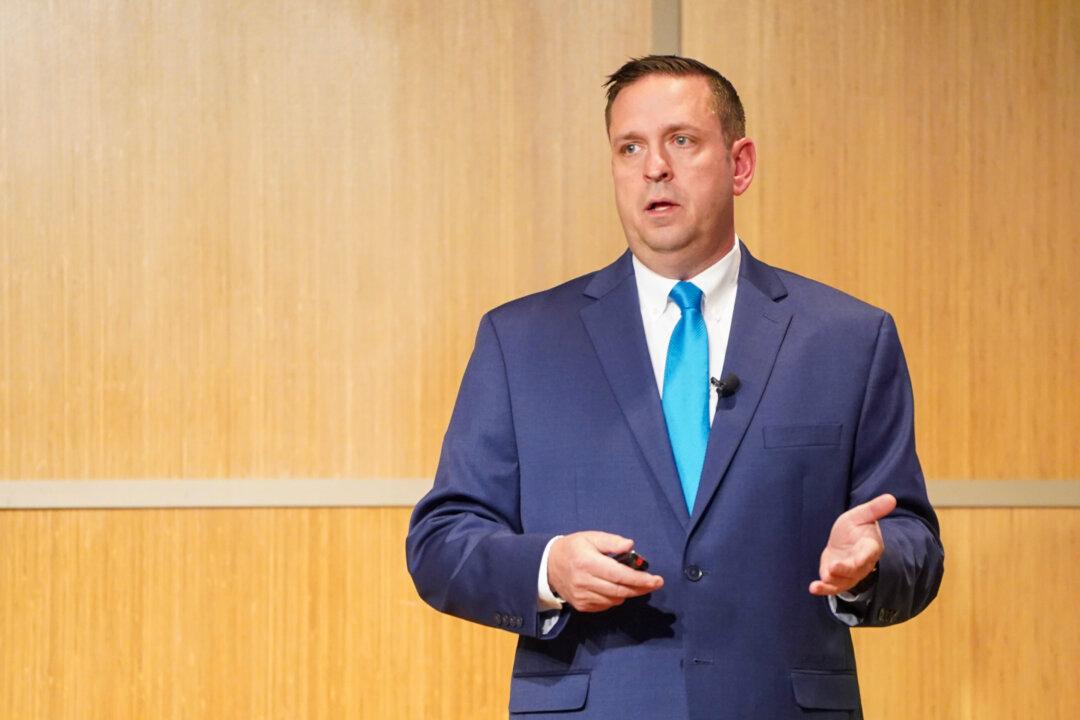Orange County District Attorney David Hoovler has increasingly focused over the past three years on technology and innovation in prosecutorial work.
The first catalyst was the 2019 criminal justice reform mandating prosecutors to turn over evidence much faster, which awakened him to the importance of technology and spurred his office to go paperless at the beginning of the following year.





